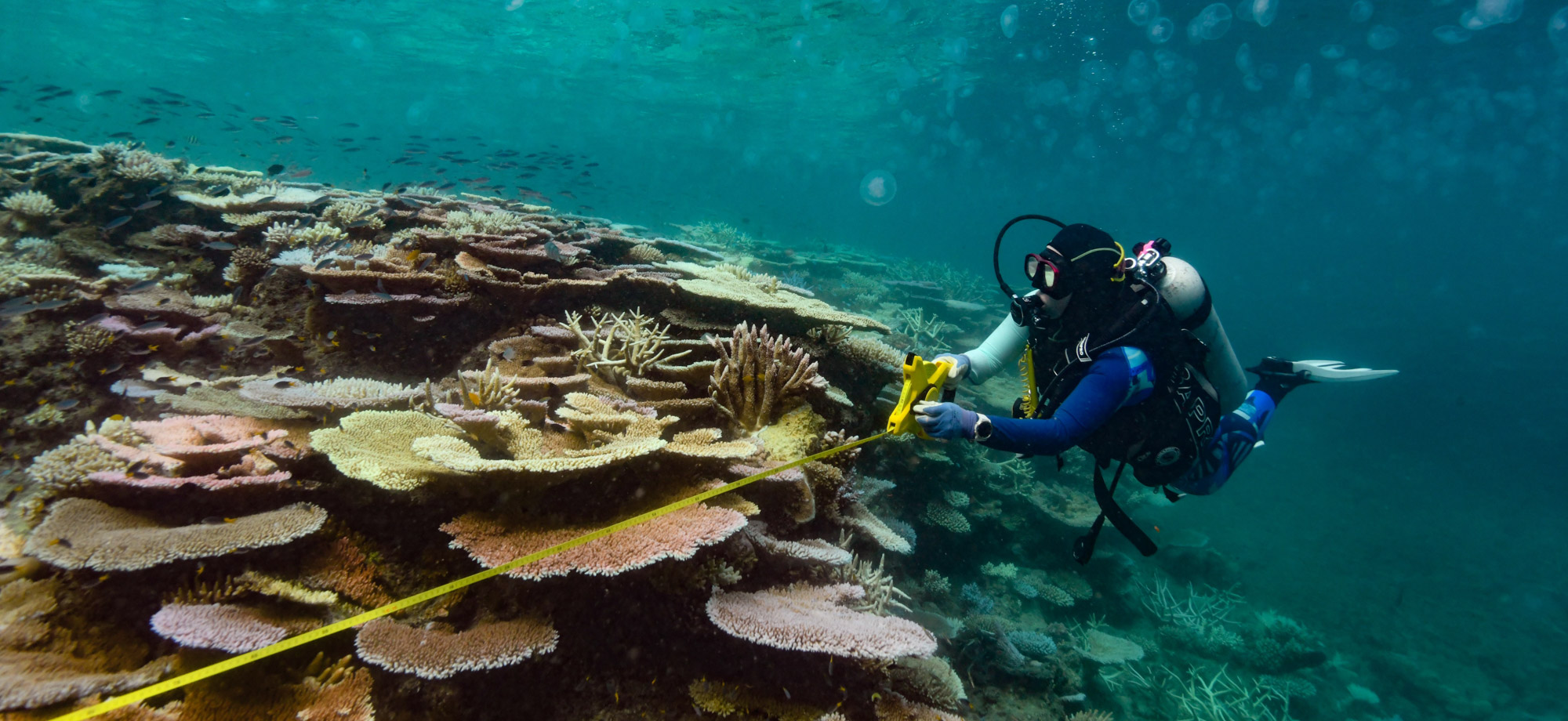Across the world, Cities have embraced the development of precincts to leverage the economic, social, and environmental benefits of agglomeration. Cleveland’s Health Tech Corridor is a vibrant, entrepreneurial ecosystem which led the transformation of a predominately manufacturing City to a global leader in health and technology. A decommissioned powerplant in Austin Texas, is the centrepiece of the Seaholm EcoDistrict formed through public-private partnership to create a sustainable hub of residential, office, and community gathering spaces that reflects Austin’s spirit of originality and soul.
Boston’s distinctive concentration of higher education institutions, research and manufacturing capabilities, and venture capital firms made it well positioned to attract talent and innovative ventures facilitating the creation of the 1,000-acre Boston Innovation District. Connecting established industries with emerging ones and embedding knowledge and organisations in the community were key drivers for the Knowledge Quarter in London that regenerated the mile-wide neighbourhood around King’s Cross, Bloomsbury, and Euston.
While the form and focus of the precinct varies, these geographic concentrations of interconnected businesses, suppliers, and associated institutions together with anchor institutions, small firms, start-ups, business incubators, and accelerators seek to increase economic growth, promote employment, improve productivity, collaboration and innovation as well as enhance public amenity.
In NSW there are some fifty-one existing precincts across Greater Sydney as well as the Aerotropolis in Western Sydney. At the heart of all successful precincts are the notions of collaboration and connectivity to drive a value that is more than the sum of the individual parts. To achieve this the NSW State Government has recently created four delivery precinct pathways – State-led strategic planning, collaborative planning between the State and councils, State-led rezoning, and Council-led rezoning.
While this diversity in approach may shift the agency responsible for leading the project, the primary objective of economic development through public – private sector partnerships remains the same.
The Tech Central precinct around Sydney’s Central Station has secured a cornerstone tenant in Atlassian and will serve to directly and indirectly foster further industry agglomeration along with neighbouring higher education and research centres of Sydney University and UTS and the Royal Prince Alfred Hospital. This precinct is targeted to generate over 25,000 new jobs and 20,000 new STEM subject graduates.
The Westmead Innovation precinct leverages current assets, two major hospitals and two university campuses, producing world class research to foster internationally competitive health services, pharmaceutical and biotechnology advancement, as well as education, research, and innovation jobs. For the Western Sydney Airport Aerotropolis the jobs and industries will be centred on advanced manufacturing, aerospace, defence, ag-tech, freight, and logistics.
For an agency such as Transport for NSW precinct collaboration and connectivity has facilitated a cultural shift, a place based, and customer centric approach has emerged replacing the traditional singular focus on transit asset management and delivery. Collaboration and connectivity also demands a shared vision to advance and enable the outcomes through the inevitable challenges and changes throughout the project lifecycle. A commitment to carbon neutrality as an integral part of the vision has been critical to the 22-hectare precinct at Barangaroo. It has enabled what started life as disused container wharf to be transformed into a place home to a diversity of commercial, residential, and public open space making a $2 billion a year contribution to the NSW economy as the first urban precinct in Australia to be awarded carbon neutral status.
The imperative to deliver the economic outcomes derived from precincts has only been heightened by the devastating impact of the Covid pandemic. The recent announcement to accelerate delivery of key economic and innovation precincts through the Greater Sydney Commission aligns with Premier Berejiklian’s earlier commitment to ‘super charge’ the development of precincts.
Driving collaboration and connectivity in the four key precincts – Technology Precinct from Central to Eveleigh (including Tech Central), Westmead Innovation Precinct (including Parramatta North), Macquarie Park Innovation District, and Meadowbank Education and Employment Precinct – will not only create economic opportunities and uplift in those precincts, but also raise the bar for creativity and innovation in other precincts across Greater Sydney.
Sydney Business Chamber held an online forum with Jared Kendler, Executive Director – Precincts, NSW Treasury, Elizabeth Mildwater, Deputy Secretary, Greater Sydney, Transport for NSW and Phil Paris, Executive Director, Development, Infrastructure NSW on 3 September 2020.








